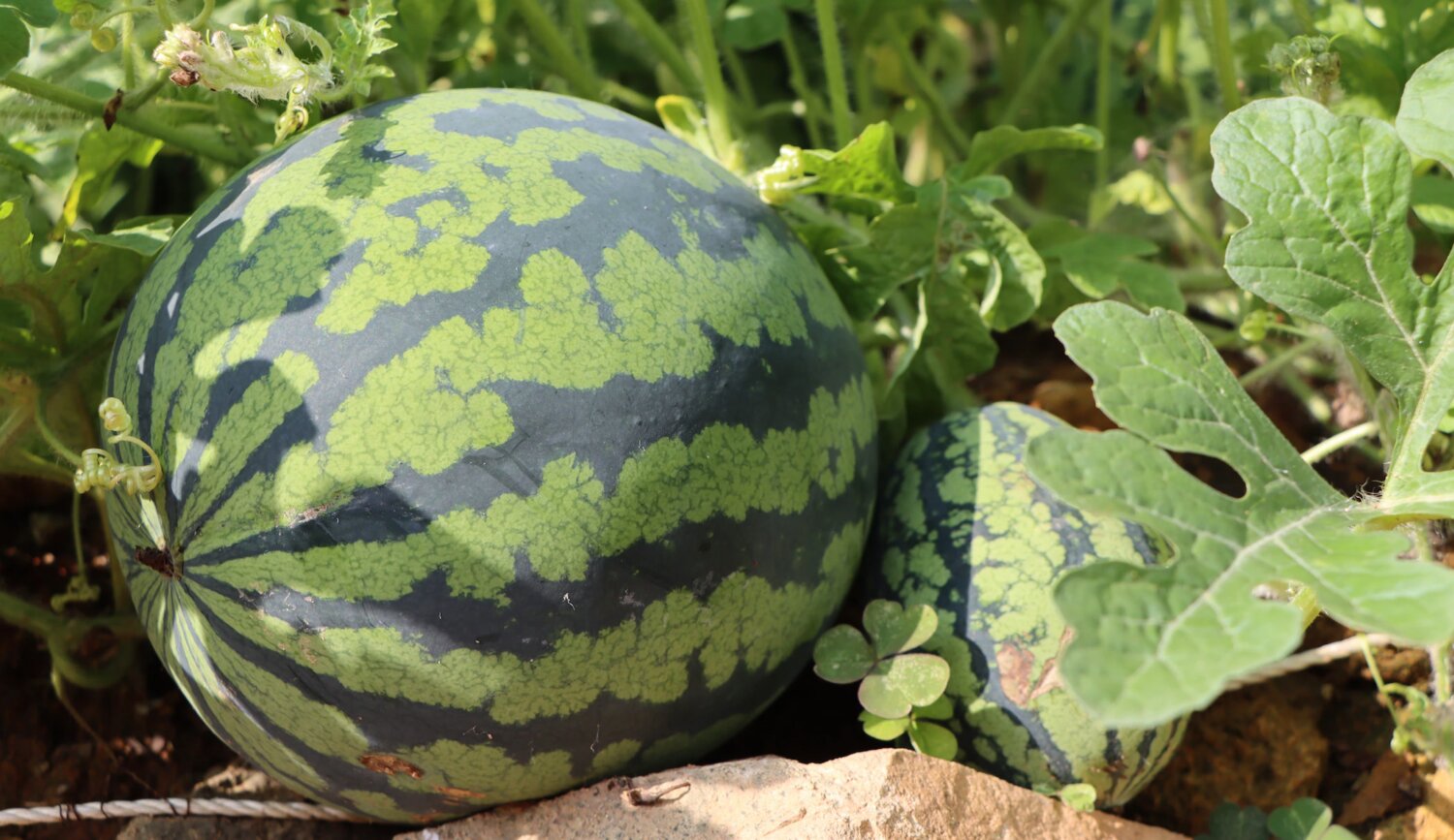The bountiful season, which ends in most of Florida in late June or early July, continues a trend – Florida leads the nation in watermelon production.
From 2010 to 2021, Florida growers ranked No. 1 in the United States with an average of 22,616 acres of watermelon harvested per year, according to a new UF/IFAS Extension document. Texas runs a close second with 22,016 acres, followed by Georgia at 20,291.

“Florida watermelon growers do well because they can take advantage of relatively high prices early in the season,” said Tara Wade, an assistant professor of food and resource economics at the UF/IFAS Southwest Florida Research and Education Center and lead author of the document.
Harvests were especially good this year. Growers in the Suwannee Valley region say they had their best season in history, said Bob Hochmuth, assistant director of the UF/IFAS North Florida Research and Education Center-Suwannee Valley.

“First, there is a regional nature to the watermelon acreage in Florida. These seasons normally overlap somewhat, and when there is an overlap, farmers can ‘fill the pipeline’ quickly,” Hochmuth said. “But this year, the production in South Florida declined a bit early, leaving the Suwannee Valley pretty much alone to meet this demand. That was difficult to do this year with high demand for watermelon in May and June.”
Additionally, on the tail end of the Suwannee Valley season, farmers normally overlap with Georgia’s season, which is very long. But this year, cold temperatures in Georgia, lots of rain, and other factors slowed the crop progress in Georgia — again leaving the Suwannee Valley alone to meet the high demand through most of June, Hochmuth said.
“To have this happen on both the front and back end of any region’s season is quite unusual,” he said. “So, to say it was a matter of supply and demand seems very textbook, but that was the case in May and June.”
Accommodating this high demand for a long period of time is not easy and requires excellent crop care. Florida watermelon growers are experienced, and excellent growers, Hochmuth said.
Part of this year’s success came from partnerships between the industry and UF/IFAS research and Extension to provide information on disease management and extended water and nutrient programs, keeping the crops healthy and productive much longer than normal.
Watermelons grow throughout the state, with concentrations near Immokalee, Belle Glade, Arcadia, and the Suwannee Valley. The latter region produces a third of Florida’s watermelon crop and typically harvests from mid-May through June. Watermelons grow well in sandy, well-drained soils and with plenty of warm days and sunshine, Hochmuth said.
“The Suwannee Valley is a prime production area,” he said. “Modern drip irrigation and precision fertilizer practices used in Florida help make high yields and a great-quality watermelon. The industry today demands mostly seedless watermelons and prefers a medium size of about 15 to 18 pounds.”
ABOUT UF/IFAS
The mission of the University of Florida Institute of Food and Agricultural Sciences (UF/IFAS) is to develop knowledge relevant to agricultural, human, and natural resources and to make that knowledge available to sustain and enhance the quality of human life. With more than a dozen research facilities, 67 county Extension offices, and award-winning students and faculty in the UF College of Agricultural and Life Sciences, UF/IFAS brings science-based solutions to the state’s agricultural and natural resources industries and all Florida residents.
For more details, go to ifas.ufl.edu.
WHY FOOD IS OUR MIDDLE NAME
Feeding a hungry world takes effort. Nearly everything we do comes back to food: from growing it and getting it to consumers to conserving natural resources and supporting agricultural efforts. Explore all the reasons why at ifas.ufl.edu/food.





